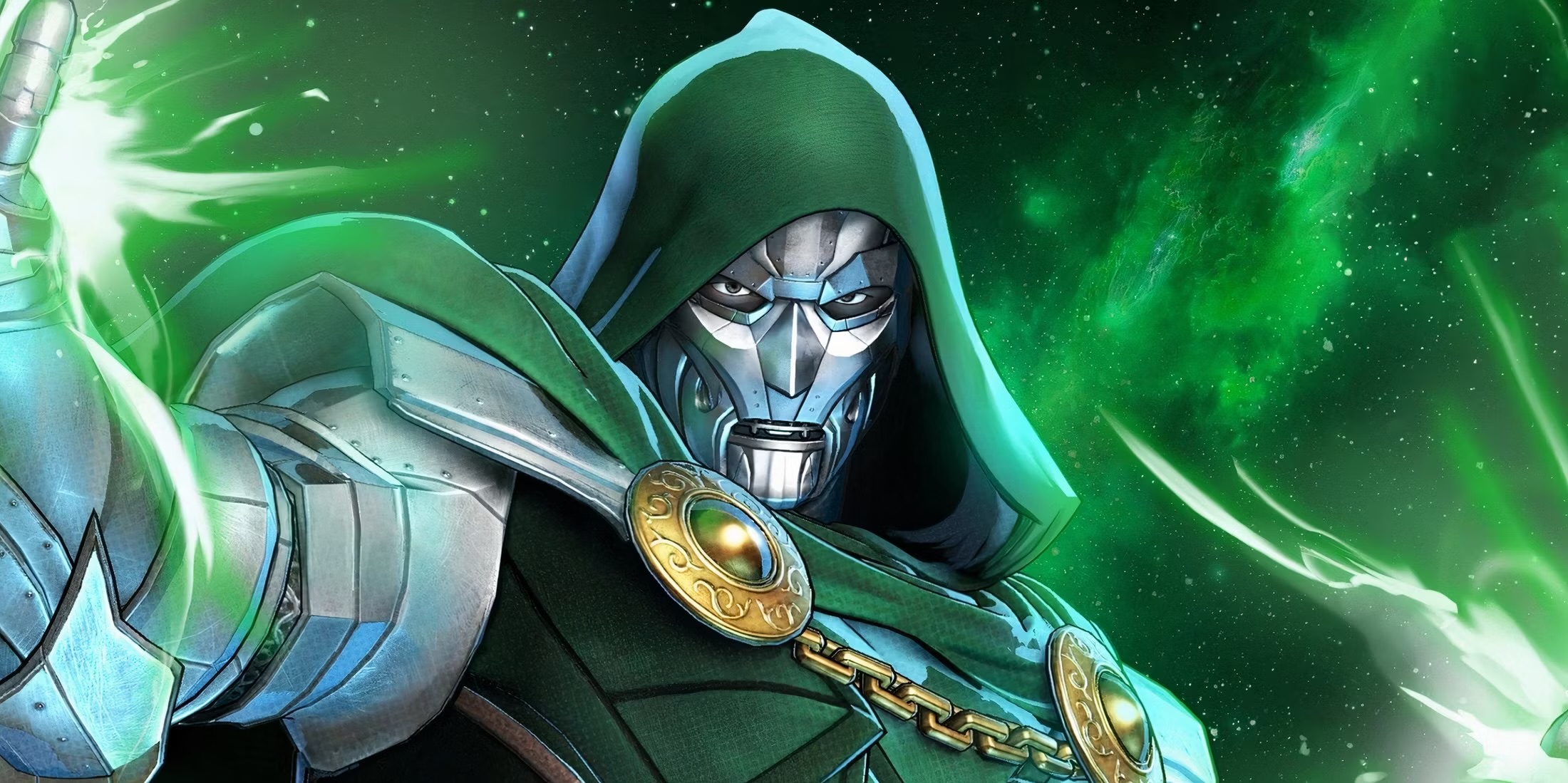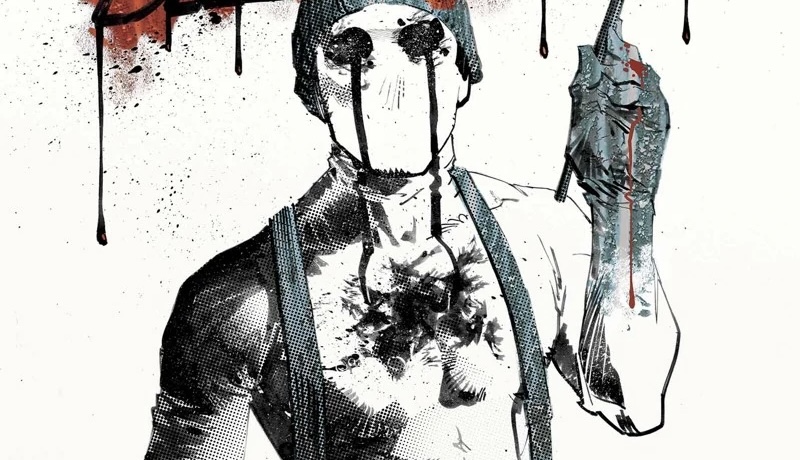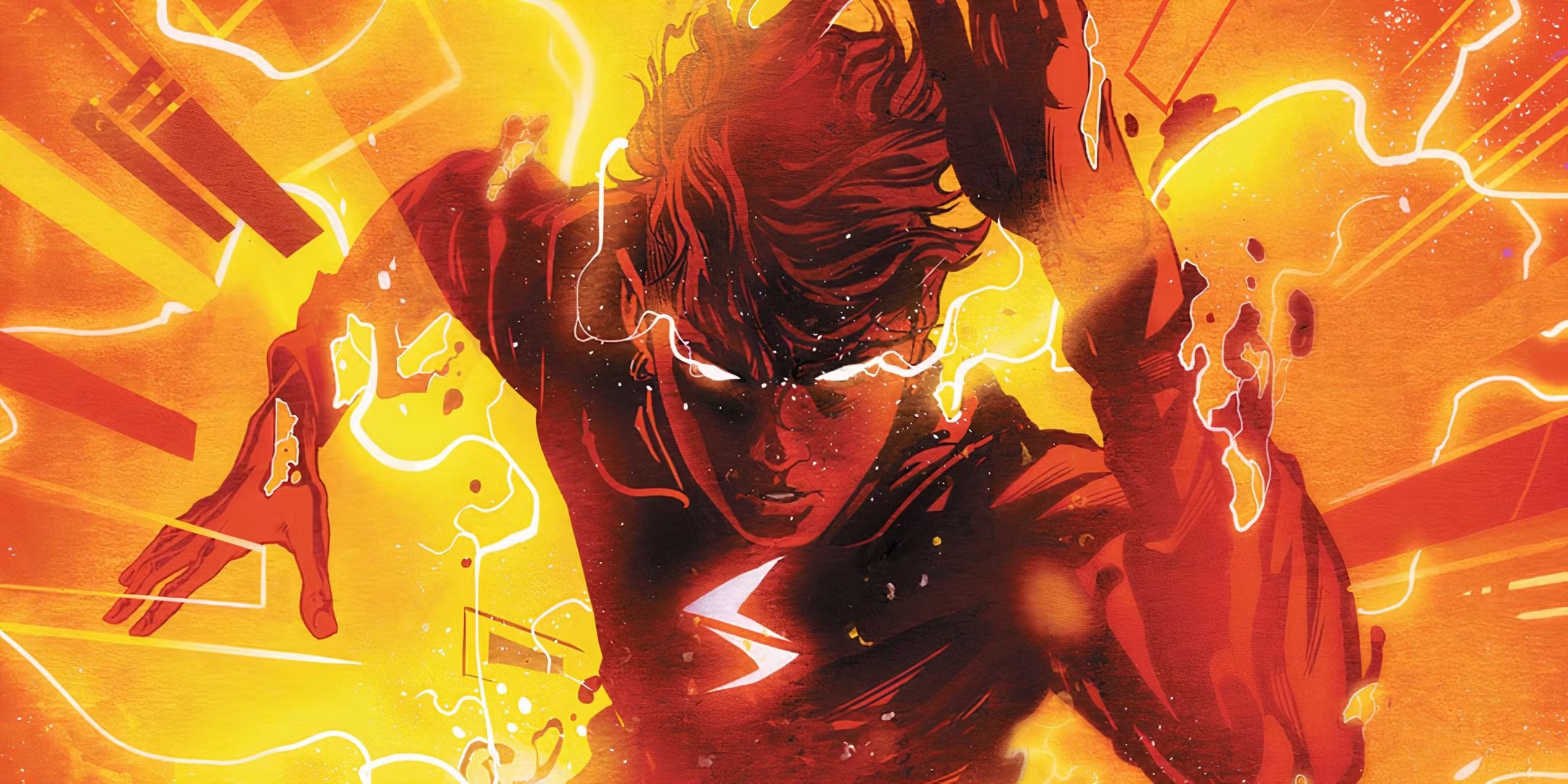The iconic red and blue, the symbol of hope emblazoned across a powerful chest, and the soaring cape against the backdrop of the Metropolis skyline—Superman has been a beacon of heroism in the world of comics since his debut in 1938. Over the decades, writers and artists have crafted numerous tales that explore the essence of Superman, transcending mere superhero narratives. In this exploration of the top 5 greatest Superman stories ever told in comics, we embark on a journey through alternate realities, epic battles, and profound character examinations. From the heart-wrenching sacrifices to the philosophical reflections on power, these stories not only showcase the Man of Steel’s might but also delve into the very core of what makes him an enduring symbol of inspiration and virtue.
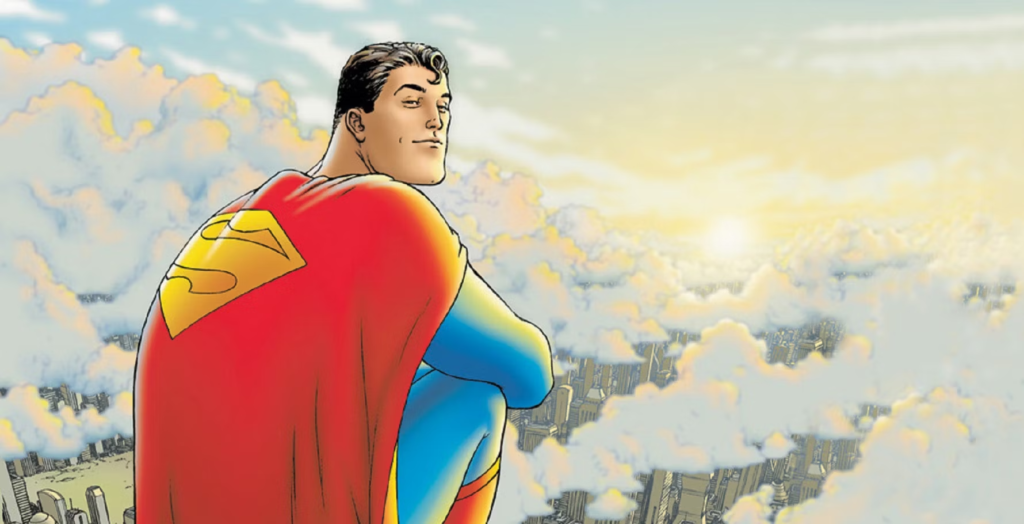
1. “All-Star Superman” (Grant Morrison, Frank Quitely, 2005-2008):
“All-Star Superman,” a twelve-issue limited series published from 2005 to 2008, is a tour de force in the world of superhero storytelling. Crafted by the powerhouse duo of writer Grant Morrison and artist Frank Quitely, this series stands as an exploration of Superman’s character, his mythology, and the enduring impact he has on the DC Universe.
At its core, All-Star Superman is a love letter to the Silver Age of comics, embracing the optimism and grandeur that defined that era. Morrison takes the opportunity to distill the essence of Superman, presenting a character who embodies strength, compassion, and unwavering moral clarity. The narrative unfolds with Superman facing his mortality after a solar radiation overdose, forcing him to confront his final days.
One of the standout elements of All-Star Superman is Morrison’s deep understanding of Superman’s mythos. The series is a tapestry of interconnected stories, each highlighting different facets of the character. From the epic and cosmic to the intimate and personal, Morrison weaves a narrative that captures the scope of Superman’s existence while delving into the vulnerabilities that make him relatable.
Frank Quitely’s art is a visual masterpiece that complements Morrison’s storytelling. His dynamic and emotive illustrations bring the characters to life, capturing the grandiosity of Superman’s powers and the subtleties of his humanity. Quitely’s design choices, including the iconic blue and red suit, contribute to the timeless and iconic nature of the series.
Throughout All-Star Superman, Morrison introduces readers to a plethora of characters, both familiar and obscure, each contributing to the rich tapestry of Superman’s world. The series embraces the legacy of Superman and pays homage to the diverse array of stories that have shaped the character over the decades.
The exploration of Superman’s relationship with Lois Lane is a poignant highlight. Morrison depicts a deep and enduring love that transcends the fantastical elements of superhero storytelling. The series captures the essence of their connection, showcasing how Superman’s humanity is not just a result of his powers but is deeply intertwined with his personal relationships.
In essence, All-Star Superman stands as a magnum opus, redefining Superman for a new generation while paying homage to his storied history. Morrison and Quitely’s collaboration captures the spirit of heroism, the exploration of identity, and the enduring legacy of Superman, making it a timeless and essential read for both dedicated fans and newcomers to the world of the Man of Steel.
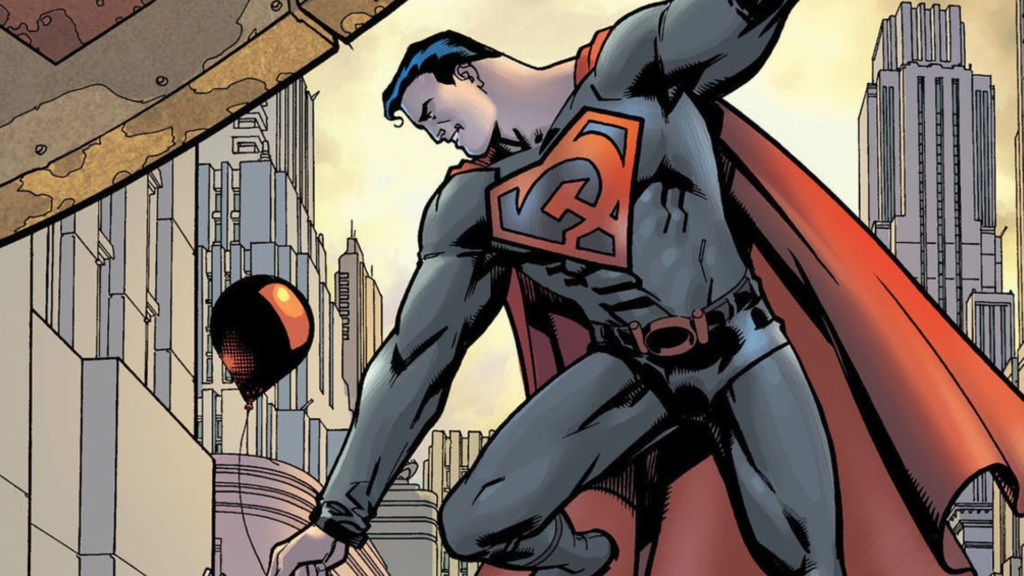
2. “Superman: Red Son” (Mark Millar, Dave Johnson, Kilian Plunkett, 2003):
“Superman: Red Son,” a thought-provoking and alternate take on Superman’s origin, was penned by Mark Millar with art by Dave Johnson and Kilian Plunkett in 2003. This three-issue miniseries explores the intriguing premise of what would have happened if Superman’s spacecraft had landed in Soviet Russia instead of the familiar fields of Smallville, Kansas.
The narrative unfolds in a world where Superman becomes a symbol of Soviet ideology rather than the American way. Raised as a champion of communism, Superman serves as a powerful asset to the Soviet Union, reshaping the geopolitical landscape and triggering a Cold War with the United States. Millar expertly navigates through the political complexities of this altered reality, blending superhero elements with a compelling exploration of ideological clashes.
What sets Superman: Red Son apart is its nuanced characterization of Superman. Despite the change in upbringing, the core essence of the character remains intact, showcasing Superman’s innate goodness and desire to make the world a better place. The storyline challenges preconceived notions about heroism and patriotism, urging readers to question the impact of nature versus nurture on a character as iconic as Superman.
Dave Johnson and Kilian Plunkett’s artwork complements the narrative, capturing the visual aesthetics of a Soviet-influenced world while maintaining the recognizable traits of iconic characters. The illustrations contribute to the atmospheric tension of the Cold War setting, emphasizing the ideological clash between Superman and his traditional adversaries, including Batman and Wonder Woman.
As the story progresses, Superman: Red Son delves into the moral complexities of absolute power. It prompts readers to ponder the ethical implications of a superpowered being imposing his will on the world, even with benevolent intentions. Millar skillfully weaves a narrative that challenges the notions of heroism, villainy, and the shades of gray in between.
The series offers an alternative history lesson, blending superhero action with socio-political commentary. Superman: Red Son is not just a tale of an alternate Superman; it’s a reflection on the impact of ideologies, the consequences of power, and the inherent goodness that can transcend even the most divergent circumstances. It stands as a testament to the flexibility of Superman as a character and the enduring relevance of his narrative in exploring profound questions about humanity and its potential.
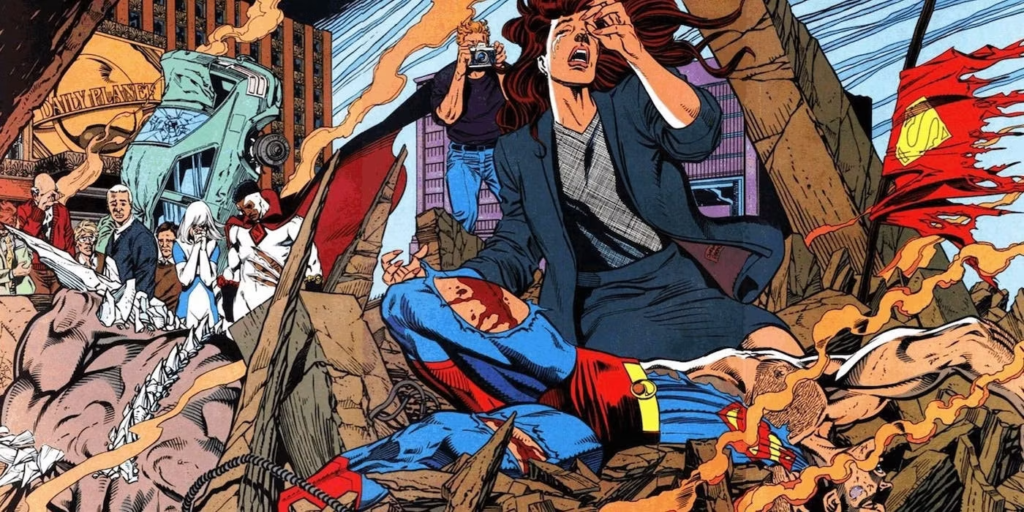
3. “The Death of Superman” (Various, 1992-1993):
“The Death of Superman” storyline, spanning across multiple Superman titles from 1992 to 1993, remains a watershed moment in comic book history. Crafted by various writers and artists, this narrative arc not only shocked readers worldwide but also redefined the genre’s approach to superhero mortality.
The story begins with the emergence of an unstoppable force, Doomsday, a creature of pure destruction with the singular goal of obliterating everything in its path. As Doomsday rampages across the country, leaving devastation in its wake, Superman rises to confront this seemingly invincible adversary. What unfolds is an epic battle of titanic proportions, a clash that resonated far beyond the pages of comic books.
The emotional weight of The Death of Superman lies not only in the physical confrontation but in the symbolism of Superman facing a foe so powerful that it leads to his ultimate sacrifice. The sight of the Man of Steel falling in battle sent shockwaves through the comic book community and beyond, sparking debates and discussions on the mortality of even the most iconic heroes.
The aftermath of Superman’s death is explored in the “Reign of the Supermen” storyline, where various characters emerge, each claiming to be the true heir to the Superman legacy. This arc explores the vacuum left by Superman’s absence, examining the impact of his death on Metropolis, the superhero community, and the world at large. It also delves into the concept of what Superman represents and how his legacy can endure through different individuals.
The Death of Superman not only showcased the physical vulnerability of a seemingly invulnerable character but also demonstrated the emotional impact of such a loss. It highlighted the connection readers had developed with Superman over the years and the cultural significance of the character. The storyline became a cultural phenomenon, garnering mainstream media attention and contributing to a surge in comic book sales.
Ultimately, The Death of Superman serves as a testament to the enduring legacy of the Man of Steel. It demonstrated the ability of comic books to evolve and take bold narrative risks while leaving an indelible mark on the superhero genre. The impact of Superman’s death, both within the story and in the real world, solidifies this storyline as a pivotal moment in the history of comic books.
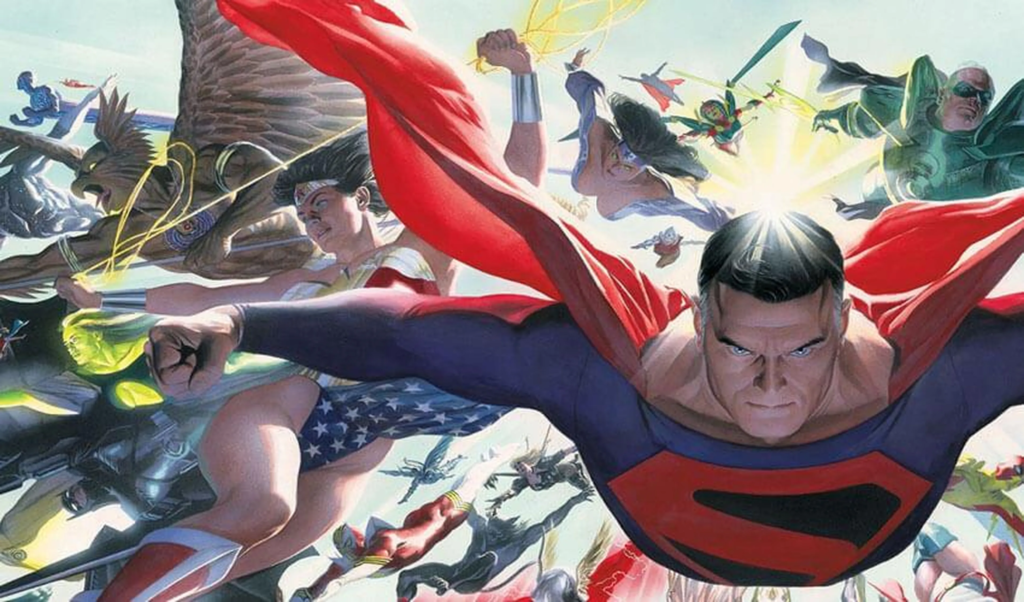
4. “Kingdom Come” (Mark Waid, Alex Ross, 1996):
“Kingdom Come” stands as a landmark in the realm of superhero storytelling, a testament to the creative brilliance of Mark Waid and Alex Ross. This four-issue miniseries, released in 1996, transcends the traditional superhero narrative, offering readers a profound exploration of power, responsibility, and the consequences of unchecked heroism.
Set in a dystopian future, Kingdom Come presents a world on the brink of chaos, where a new generation of reckless and morally ambiguous superheroes clashes with the classic icons we know, including Superman. Waid’s narrative masterfully navigates through the complex dynamics of this world, where metahuman conflicts escalate, and the line between hero and villain becomes blurred.
The heart of the story lies in Superman’s return, prompted by the escalating crisis. Waid presents a Superman who has withdrawn from the world, grappling with the ethical challenges of his own powers and the evolving nature of heroism. As the narrative unfolds, Superman becomes a symbol of hope and order, attempting to restore balance in a world teetering on the edge.
Alex Ross’s breathtaking painted artwork elevates Kingdom Come to a visual masterpiece. His detailed and realistic depictions of iconic characters provide a sense of gravitas, making each page a visual feast. Ross’s ability to convey the emotional weight of the characters enhances the narrative, adding layers to the already intricate storyline.
The thematic depth of Kingdom Come extends beyond the superhero genre. Waid and Ross delve into philosophical questions about power, morality, and the consequences of actions. The story forces both characters and readers to confront the complexities of a changing world, challenging preconceived notions about heroism and the impact of superhuman abilities.
Kingdom Come doesn’t shy away from exploring the dark side of superheroism, showcasing the potential dangers when power goes unchecked. Yet, at its core, the narrative remains a tale of redemption and the enduring spirit of hope. Waid and Ross deliver a thought-provoking narrative that resonates with readers long after they’ve turned the final page, solidifying “Kingdom Come” as a timeless masterpiece in the superhero genre.
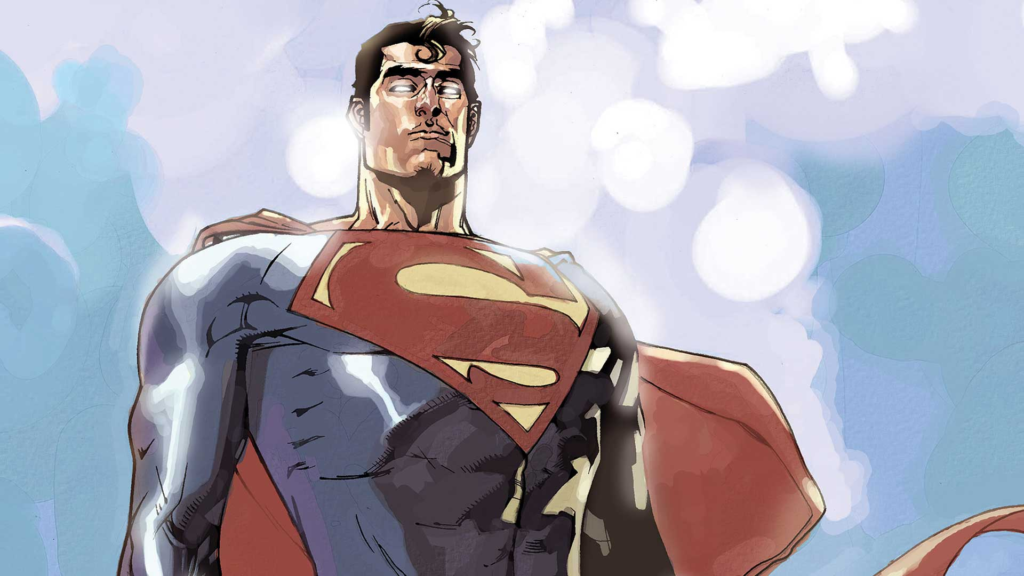
5. “Superman: Birthright” (Mark Waid, Leinil Francis Yu, 2003-2004):
“Superman: Birthright” stands as a pivotal exploration of the Man of Steel’s origins, offering readers a modern and nuanced retelling of Superman’s early years. Penned by the acclaimed Mark Waid with Leinil Francis Yu’s dynamic artwork, this twelve-issue series, released from 2003 to 2004, breathed new life into Superman’s iconic origin story.
The narrative begins with a young Clark Kent discovering his extraordinary abilities while navigating the challenges of adolescence. Waid masterfully weaves together the threads of Clark’s journey, blending familiar elements with fresh perspectives. This rendition of Superman’s origin not only embraces the essence of the character but also updates it for a contemporary audience.
The character development in Birthright is particularly noteworthy. Waid crafts a Clark Kent who grapples with self-discovery, the responsibility of his powers, and the moral dilemmas associated with being a superhero. This version of Superman is relatable and human, adding layers to a character often perceived as invincible.
Leinil Francis Yu’s artistic prowess enhances the narrative, capturing the emotional depth of the characters and the grandeur of Superman’s powers. The visual storytelling in Birthright seamlessly complements Waid’s script, creating a visually stunning and emotionally resonant reading experience.
One of the standout aspects of Superman: Birthright is its emphasis on Clark Kent’s journalistic career at the Daily Planet. The series not only portrays his growth as a superhero but also highlights the importance of his role as a reporter. This dual identity is a central theme, showcasing that Superman’s impact extends beyond physical feats to the influence he wields through the power of information.
In essence, Superman: Birthright succeeds in reinvigorating Superman’s origin, infusing it with contemporary relevance while staying true to the character’s timeless virtues. Waid and Yu’s collaboration delivers a narrative that captures the essence of Superman’s journey from Smallville to Metropolis, making it a must-read for both longtime fans and those new to the world of the Man of Steel.
Did your favorite Superman story show up on the list? If not, what is your favorite story….Comment down below.


